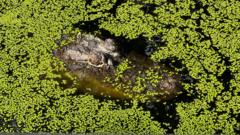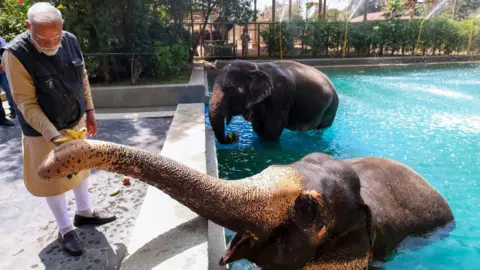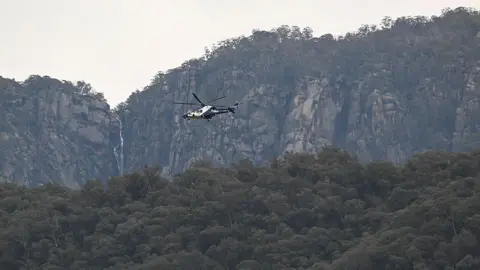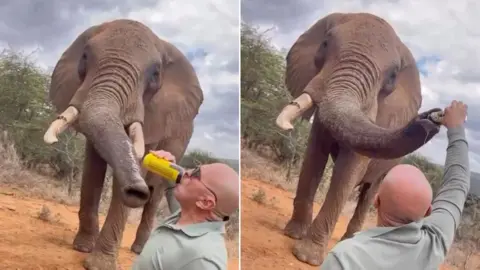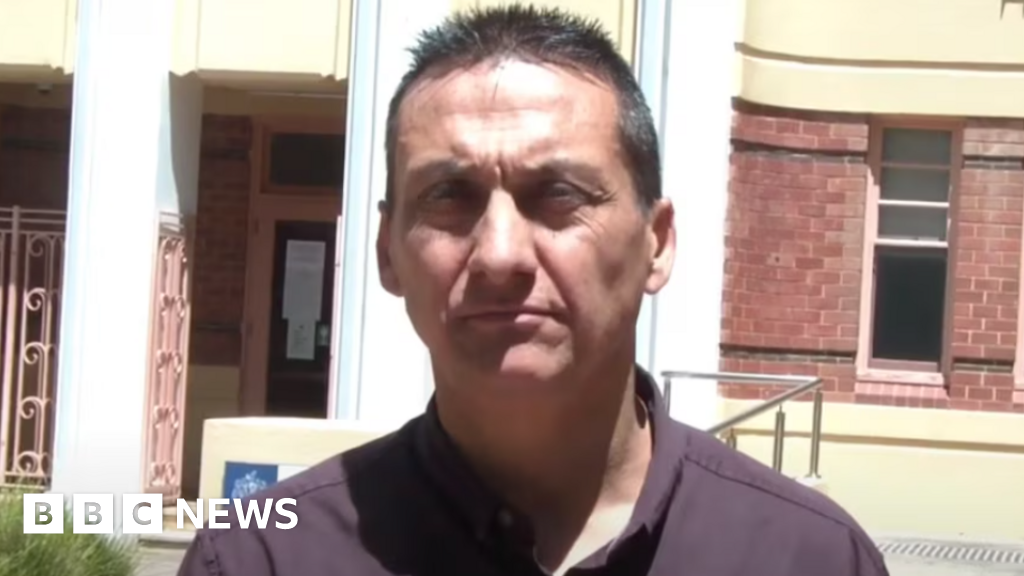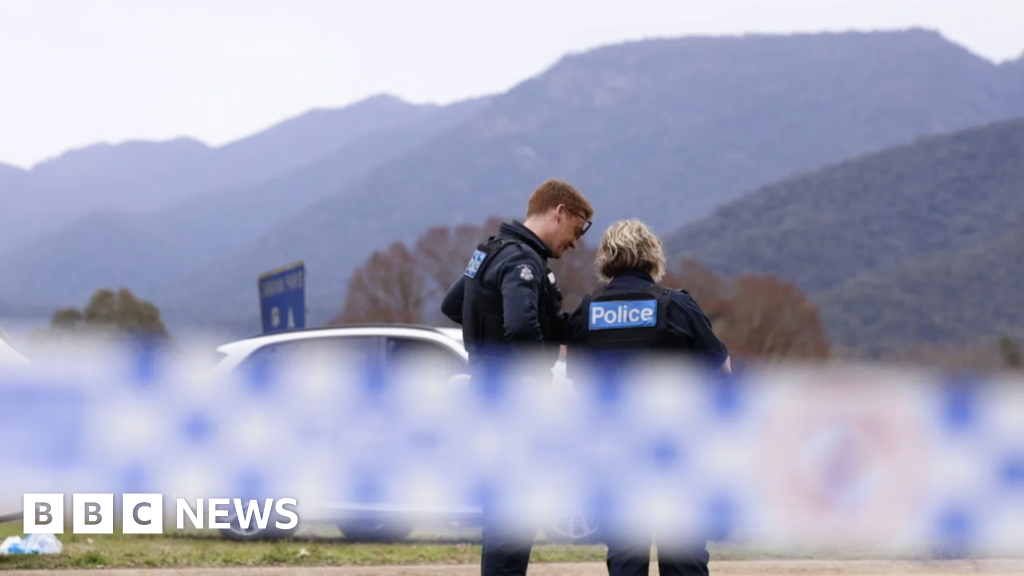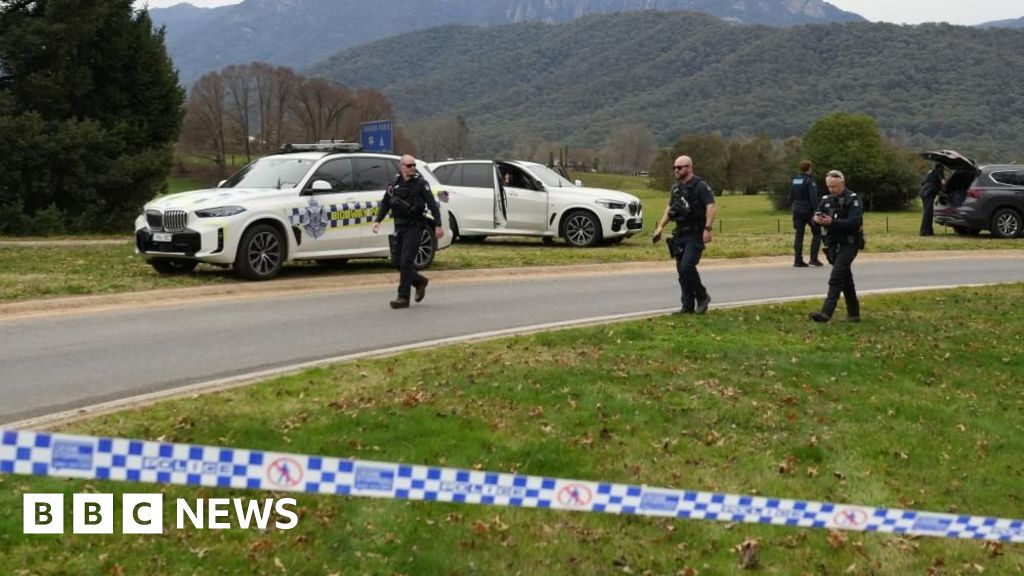Amidst heavy rain clouds at dawn on Darwin Harbour, government ranger Kelly Ewin balances cautiously on a floating trap, his goal focused on capturing agitated saltwater crocodiles. Once hunted nearly to extinction for their skins, these prehistoric reptiles have rebounded to an estimated 100,000 in Australia’s Northern Territory (NT), the highest concentration globally. This comeback has sparked discussions regarding safety and management amidst concerns from residents and officials alike.
Ewin, who previously worked as a policeman, describes his role as both challenging and vital. “It’s our job to try and keep people as safe as we can,” he says, emphasizing the importance of regular checks on the traps set around Darwin, where recreation enthusiasts frequent the waters. Fatal encounters are rare, yet they reignite debates on the human-crocodile coexistence, especially following incidents like the tragic death of a 12-year-old girl last year—the first crocodile-related fatality since 2018.
Crocodile management in the NT has shifted as policies adapt to the growing population. While mass culling has not been implemented due to protective status, a revised management plan has increased the permitted annual captures from 300 to 1,200 crocs. Ranger Natasha Hoffman highlights that a well-informed public is crucial, adding that educational programs, like “Be Crocwise,” aim to enhance awareness of safe practices around crocodile habitats.
The presence of these formidable predators surprisingly contributes to the region's economy; tourism related to crocodile viewing and leather goods represents a significant revenue stream. However, ethical concerns arise surrounding crocodile farming practices, where social crocodiles may be isolated in captivity for optimal skin quality. Traditional Owners like Otto Bulmaniya Campion advocate for a balanced approach that shares economic benefits with Indigenous communities while preserving cultural ties to these ancient creatures.
Ultimately, the Northern Territory’s challenge is twofold: maintaining a robust population of saltwater crocodiles while ensuring the safety of its residents. As Professor Grahame Webb puts it, the NT has managed to coexist with a serious predator—a task viewed as nearly impossible in urban centers across the world. With strategies evolving to address both conservation and community safety, Darwin continues to navigate the profound impacts of its "crocodile capital" status.

